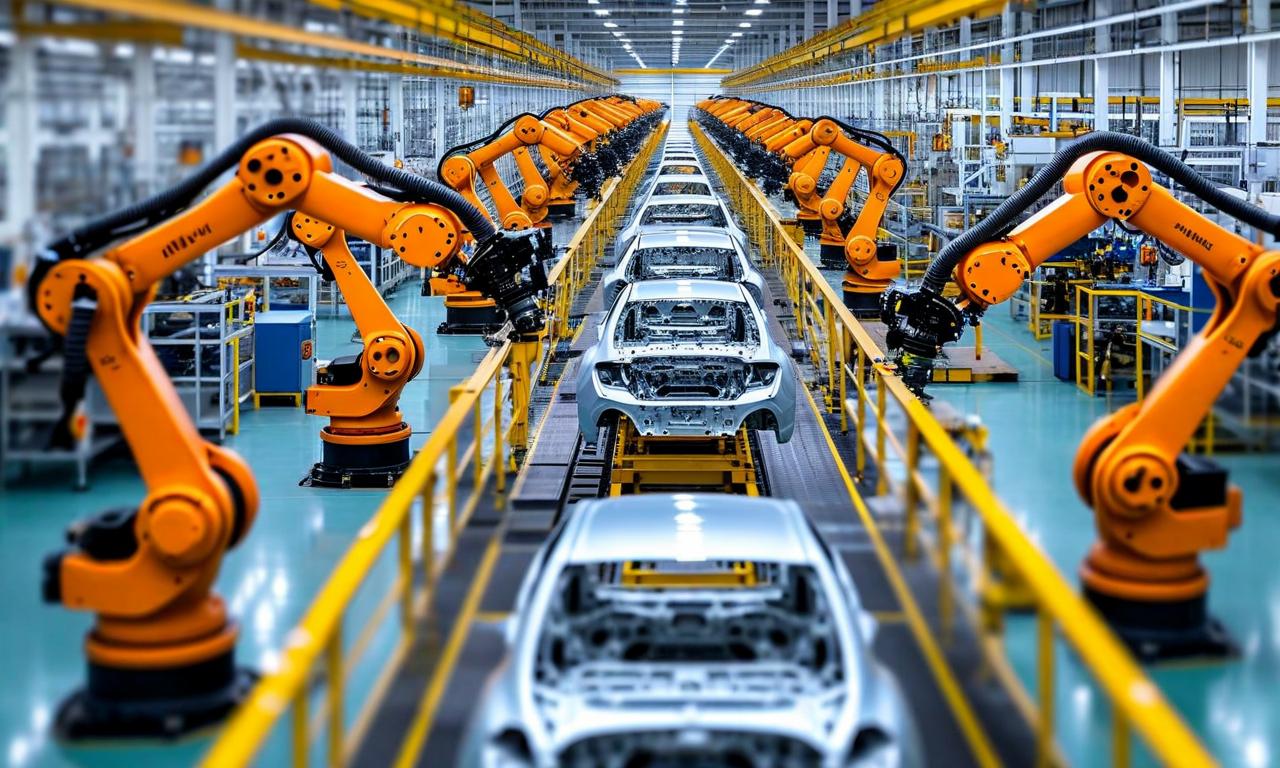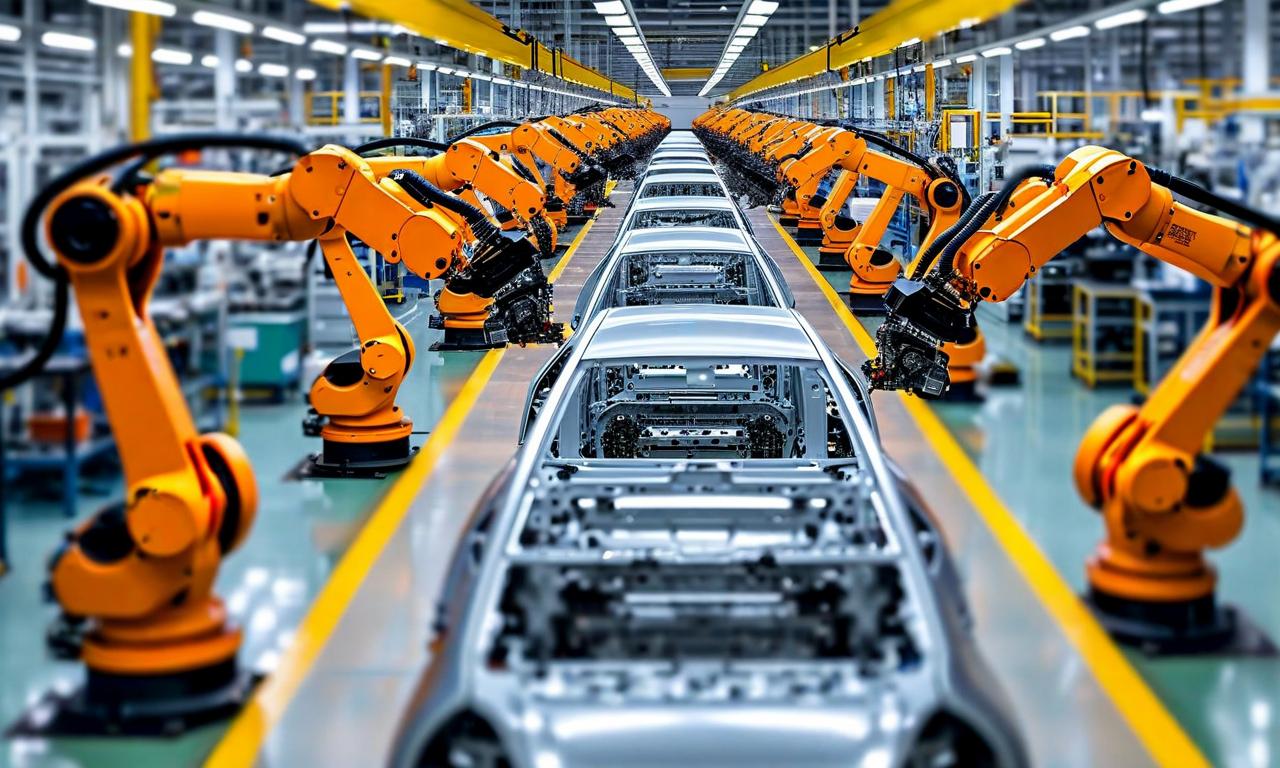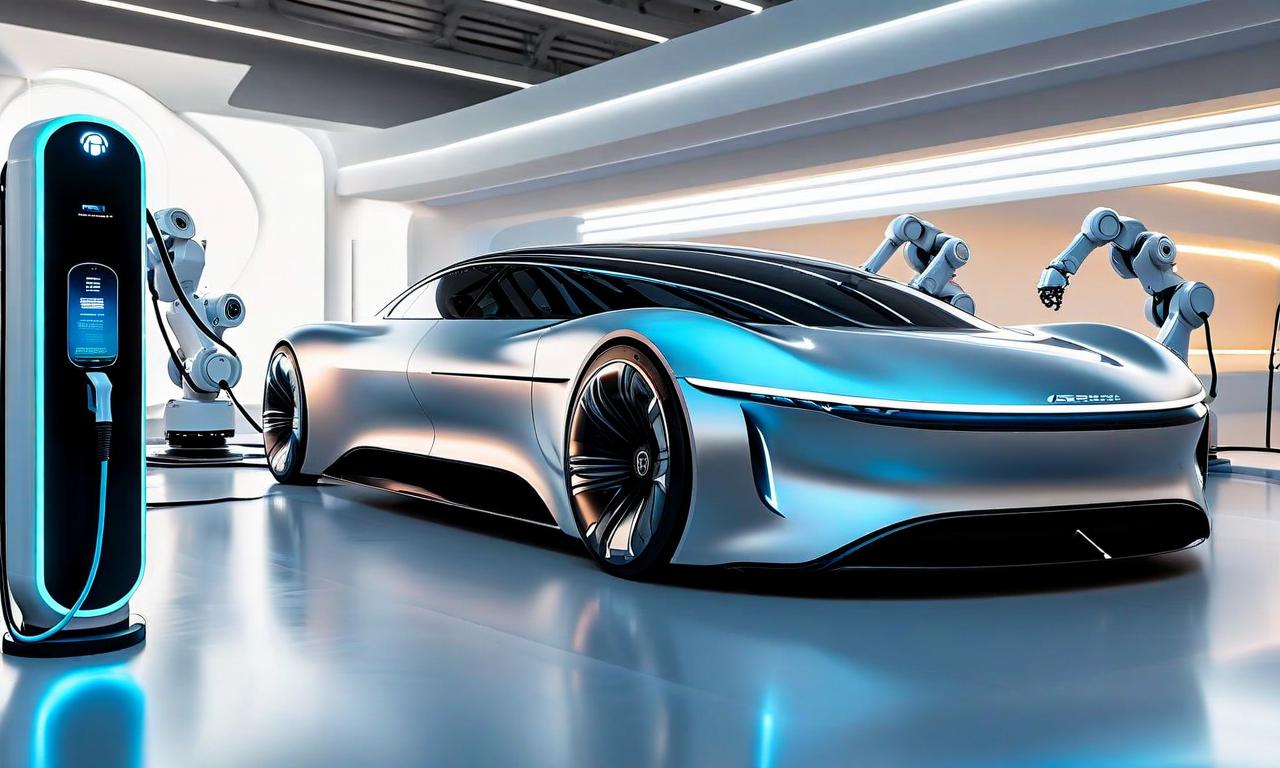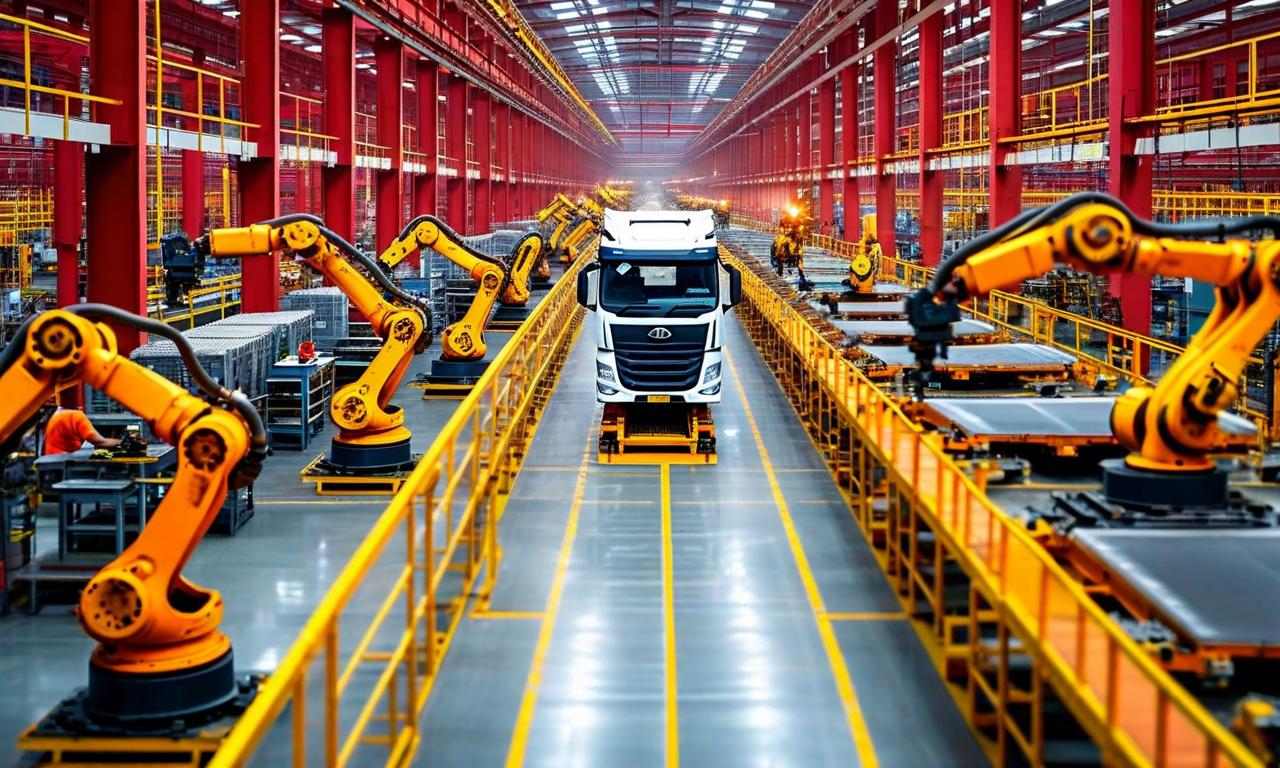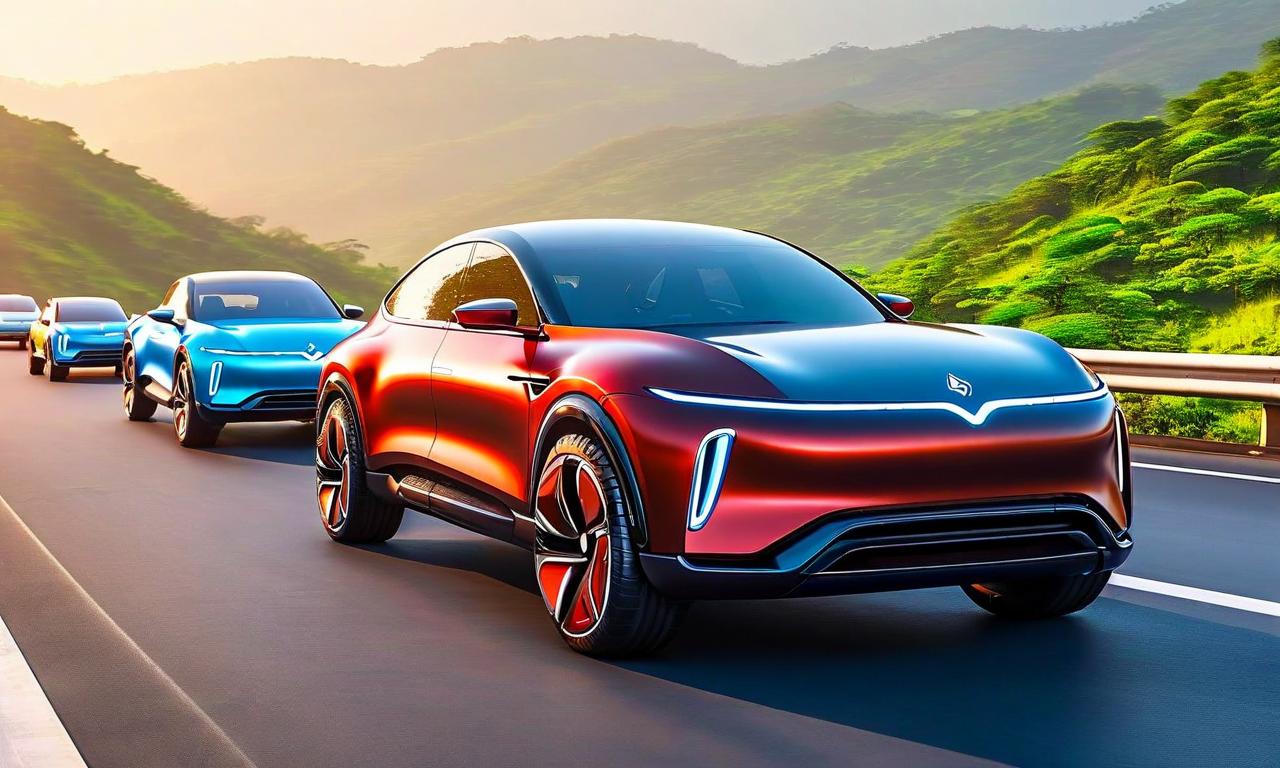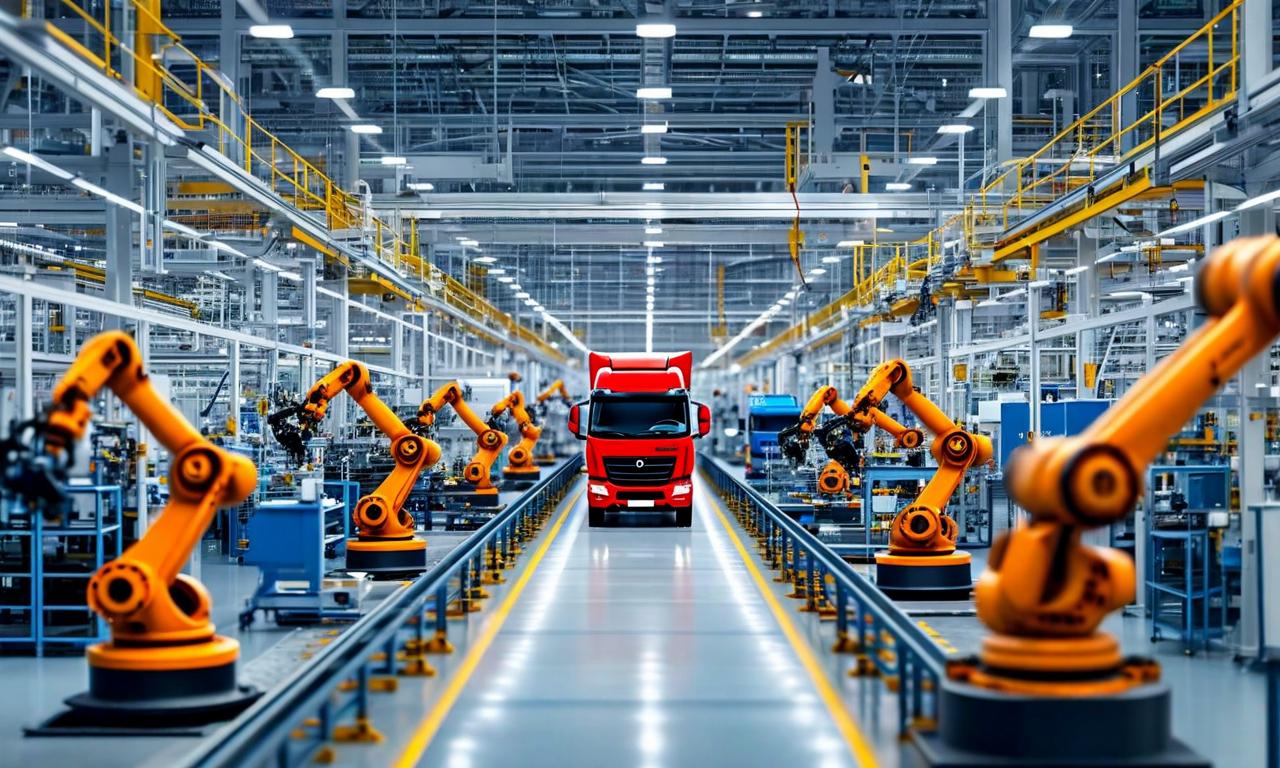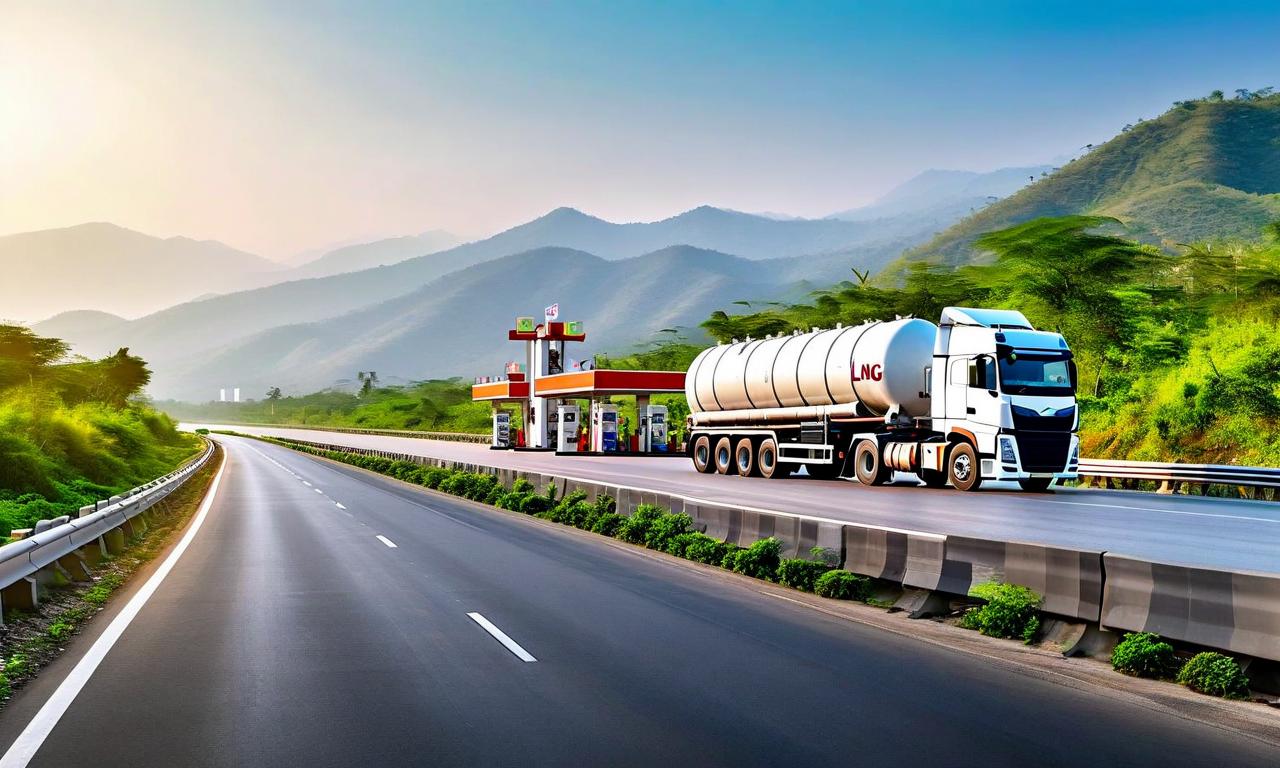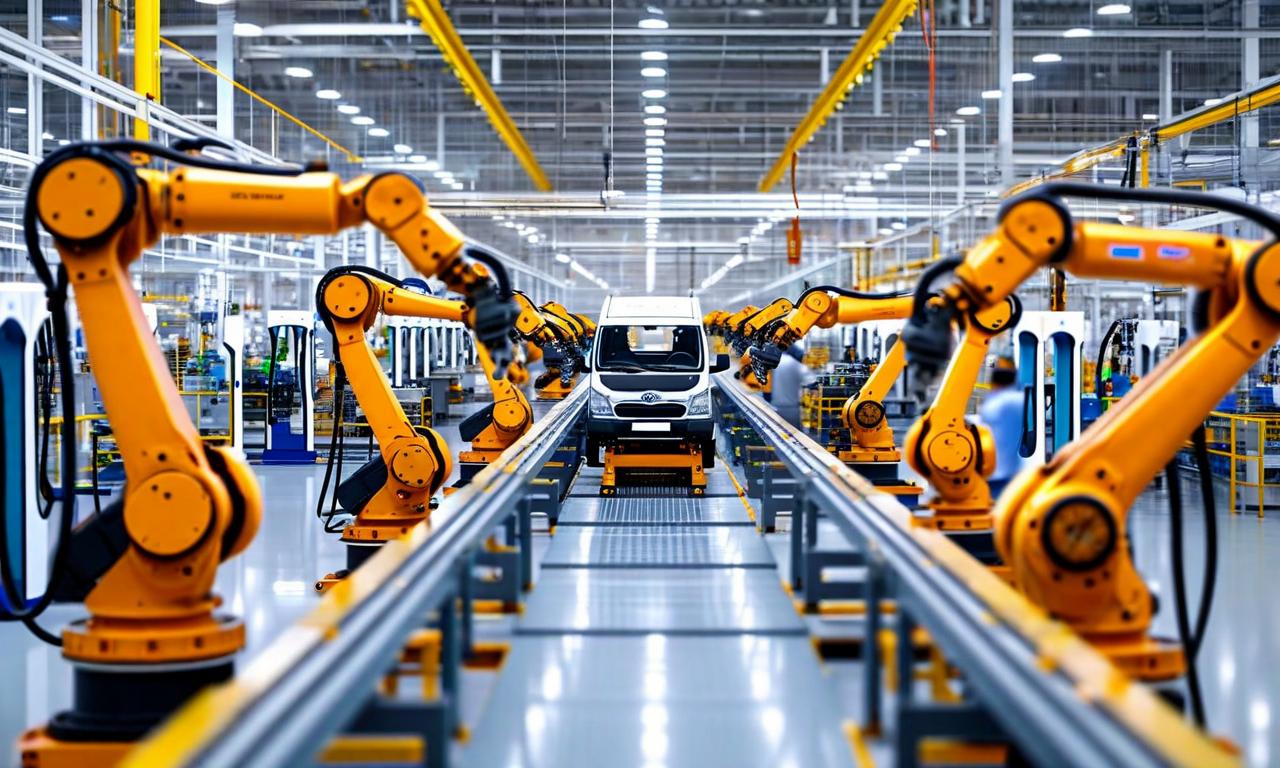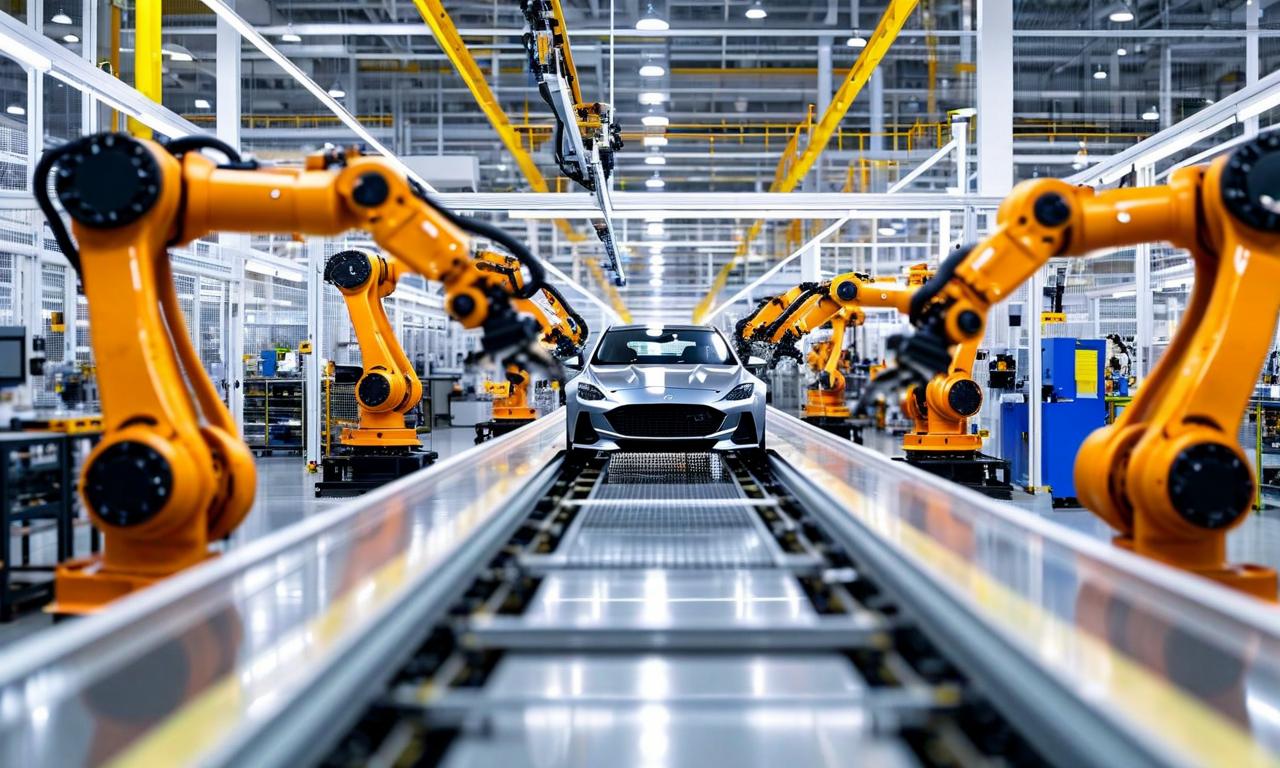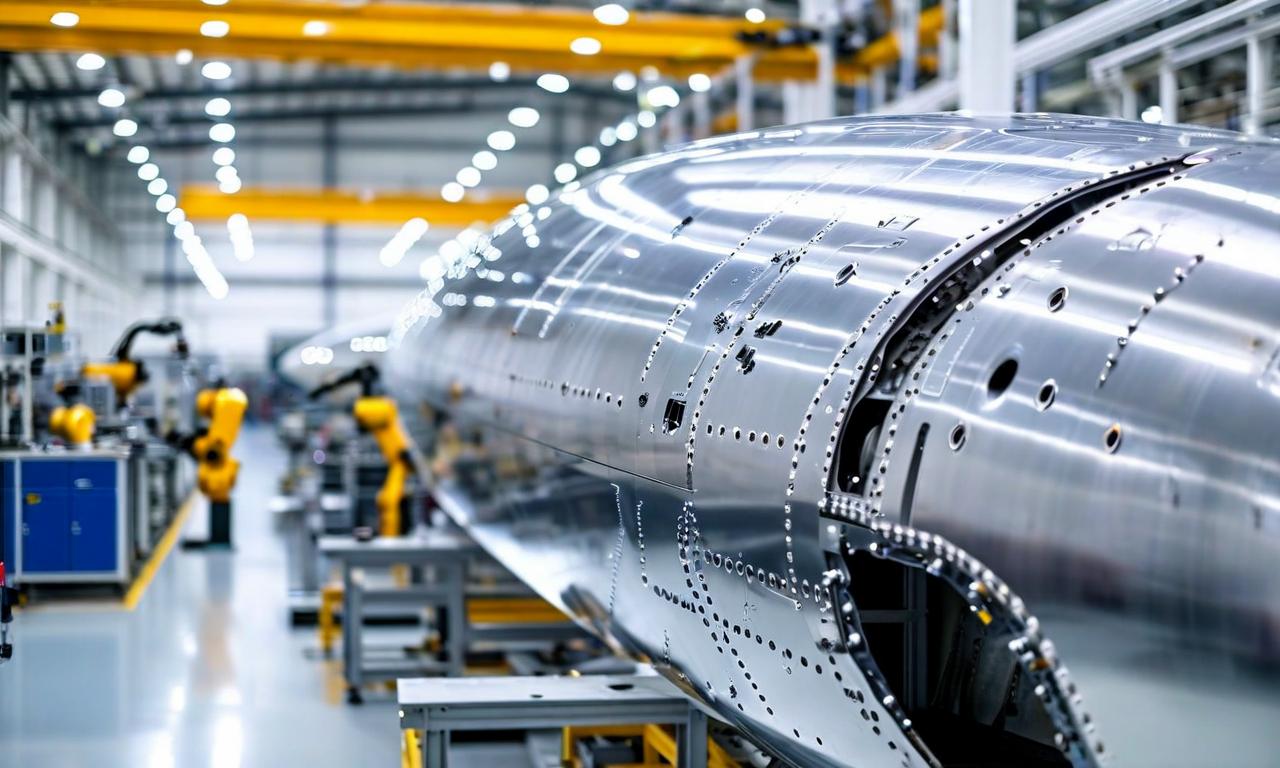Tata Motors Passenger Vehicles Reports Mixed Q2 Results Amid JLR Cyber Incident
Tata Motors Passenger Vehicles Limited's Q2 results show a 13.50% decrease in consolidated revenue to ₹72,349.00 crores. The domestic passenger vehicle business grew by 15.60% year-on-year, demonstrating strong demand in India. However, the Jaguar Land Rover division faced significant challenges due to a cyber incident that halted production. The company has completed the demerger of its passenger vehicles business from commercial vehicles operations. Tata Motors expects improved performance as JLR operations return to normal levels.
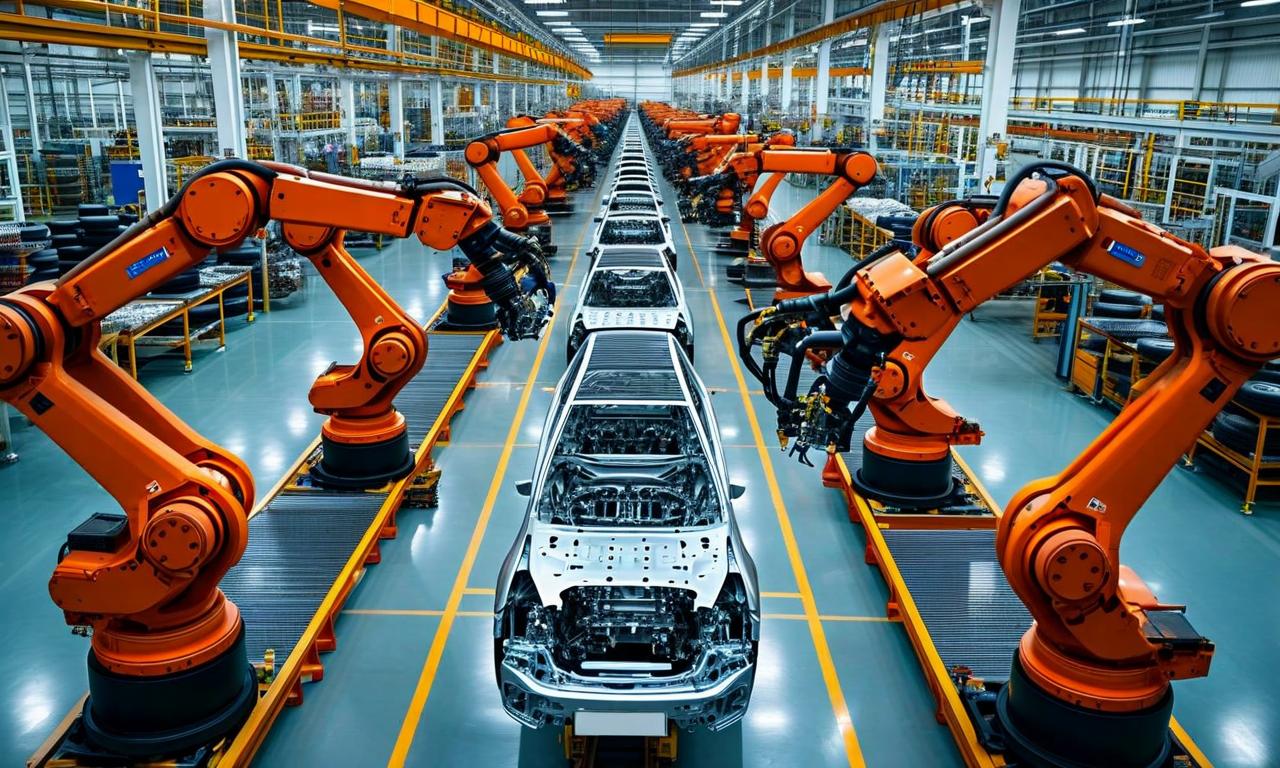
*this image is generated using AI for illustrative purposes only.
Tata Motors Passenger Vehicles Limited has released its financial results for the second quarter, revealing a mixed performance across its business segments. The company faced challenges, particularly in its Jaguar Land Rover (JLR) division, while showing growth in its domestic passenger vehicle business.
Key Financial Highlights
| Metric | Q2 Value | Year-on-Year Change |
|---|---|---|
| Consolidated Revenue | ₹72,349.00 crores | -13.50% |
| Domestic PV Business Growth | - | 15.60% |
Performance Analysis
Domestic Passenger Vehicle Segment
The domestic passenger vehicle (PV) business demonstrated resilience, posting a robust growth of 15.60% compared to the same quarter last year. This growth indicates strong demand in the Indian market and effective strategies implemented by Tata Motors in its home territory.
JLR Division Challenges
Jaguar Land Rover, a crucial component of Tata Motors' global operations, encountered significant setbacks during the quarter. The division suffered substantial losses due to a cyber incident that occurred, which led to a halt in production. This event had a considerable impact on the overall consolidated revenue of the company.
Corporate Restructuring
Tata Motors has completed the demerger of its passenger vehicles business from its commercial vehicles operations. This strategic move is aimed at allowing each division to focus on its core competencies and potentially improve operational efficiency.
Future Outlook
The company has expressed optimism for the future. With JLR operations now returning to normal levels following the resolution of the cyber incident, Tata Motors anticipates improved performance.
Conclusion
While the Q2 results present a challenging picture for Tata Motors Passenger Vehicles Limited, particularly due to the JLR division's issues, the growth in the domestic market provides a silver lining. The company's completion of its demerger process and the normalization of JLR operations set the stage for potential recovery in the coming periods.
Investors and market observers will likely keep a close watch on how Tata Motors navigates these challenges and capitalizes on its strengths in the domestic market to drive overall growth in the passenger vehicles segment.

